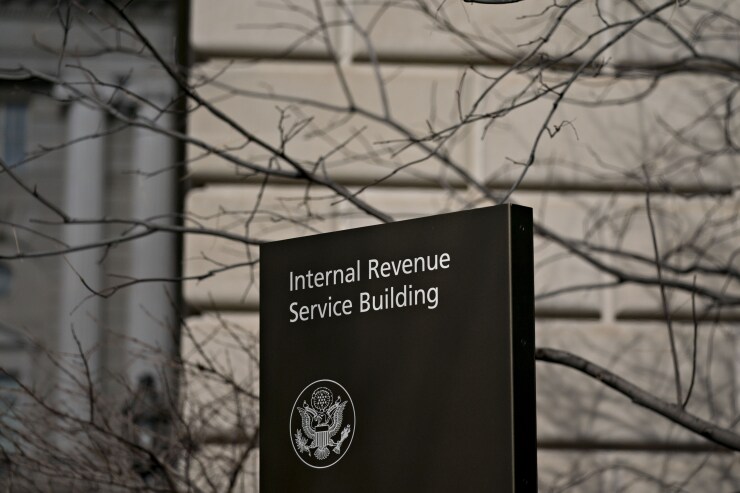The Internal Revenue Service should make more of a priority of going after tax preparers who haven’t filed their own tax returns or paid their tax liabilities and penalties, according to a new report.
The
On top of that, TIGTA identified the top 100 nonfiler preparers out of those 10,495 preparers based on the number of returns they prepared for clients in 2016 using their PTIN information. Those top 100 preparers prepared between 1,000 to 6,000 tax returns for clients in 2016, and TIGTA estimates that each of those 100 preparers potentially received somewhere from $189,000 to upwards of $1 million. In addition, TIGTA estimates $45.6 million in potential taxes could be assessed if the IRS worked on 6,903 of the preparer nonfiler cases. After reviewing a draft of the report, IRS management told TIGTA it has included 449 of the nonfiler preparers in its examination plan for this fiscal year.
TIGTA also did an analysis of delinquent preparer penalty and tax “modules” as of May 27, 2019, and it indicated the majority were in active collection status. However, a significant part of them weren’t in active status because they were in “currently not collectible,” or CNC, status or were in a queue awaiting assignment to the IRS’s Collection function. There seemed to be discrepancies when TIGTA analyzed those modules showing there were high-priority preparer penalty modules in CNC shelved status, preparers in CNC hardship status who were probably earning significant income nonetheless, and high-dollar modules that were sitting around aging in the queue.
The IRS’s new nonfiler strategy doesn’t include specific items to address preparers who have failed to file their own tax returns that are due, and the IRS’s current preparer misconduct strategy doesn’t offer specific direction on how the agency might deal with preparers who are nonfilers or have balances due on their own tax accounts.
“Paid tax return preparers (preparers) serve an important role in the U.S. tax system as they prepare approximately 60 percent of all tax returns filed, and their actions have an enormous impact on the IRS’s ability to administer the tax laws effectively,” said the report. “When preparers cannot manage their own tax affairs, or worse, if they intentionally claim credits and deductions to which they are not entitled, they could undermine the tax administration system.”
TIGTA made 11 recommendations in the report to help the IRS identify and deal with preparer nonfilers and high-risk preparers who have balance due tax liabilities and preparer penalties. The IRS agreed or partially agreed with six of TIGTA’s recommendations and intends to take action, including updating the Internal Revenue Manual to include the Return Preparer Database as a recognized internal source for identification and referral of preparer nonfilers to the IRS’s Examination function. However, the IRS disagreed with five of TIGTA’s recommendations. For its part, TIGTA said it believes these recommendations will help the IRS to identify and address preparer nonfilers who don’t fall into the normal work streams and hold preparers accountable for their own delinquent penalty and tax liabilities.
“Our goal at the IRS is to address preparer noncompliance as quickly as possible and in the most efficient and effective manner,” wrote Eric Hylton, commissioner of the IRS’s Small Business/Self-Employed division, in response to the report. “We employ a multi-faceted and multifunctional approach to bring return preparers into compliance with their filing and paying responsibilities.”






